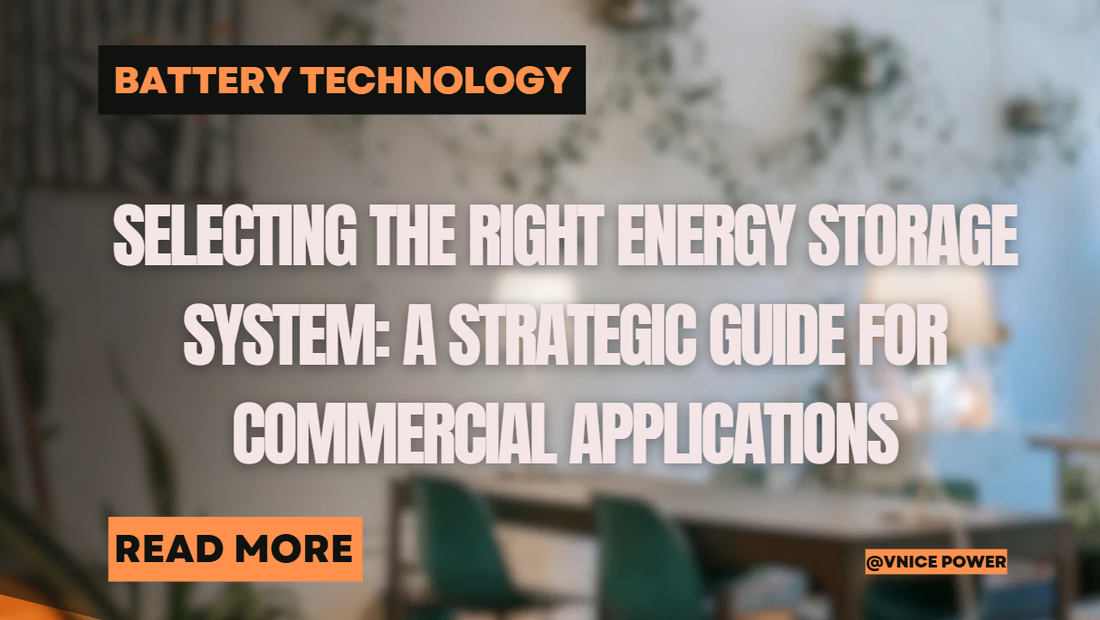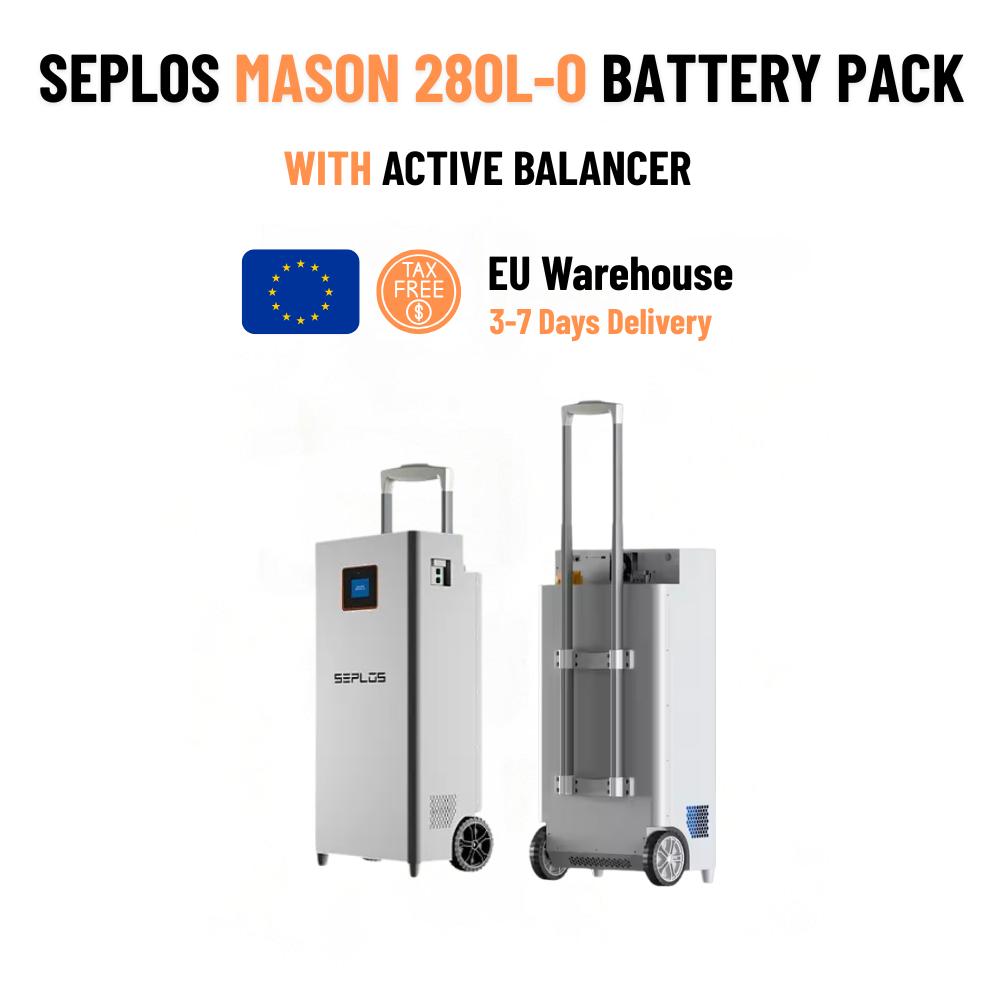
Selecting the Right Energy Storage System: A Strategic Guide for Commercial Applications
As renewable energy adoption accelerates and grid infrastructures evolve, energy storage systems have become fundamental to project success across commercial, industrial, and utility-scale applications. Unlike residential storage, selecting systems for larger installations requires careful analysis of multiple technical factors including voltage compatibility, power conversion system (PCS) specifications, solar integration capabilities, battery capacity sizing, and regulatory compliance. Making informed choices not only optimizes capital expenditure but also ensures decades of reliable operation.
This guide provides a structured framework for selecting energy storage systems, complete with application-specific examples that illustrate the complete decision-making process from requirements definition to product specification.
System Selection Methodology: The Logical Framework
Large-scale energy storage design follows a systematic approach that prioritizes power delivery over energy capacity:
-
Power Conversion System (PCS/Inverter) Selection
Determine specifications based on peak load requirements, ensuring adequate capacity for both instantaneous surge demands and continuous operation. The PCS serves as the critical interface between storage components and electrical loads. -
Solar PV Configuration
Size photovoltaic arrays according to the inverter's maximum DC input capacity, preventing overvoltage situations while maximizing renewable energy harvest. -
Battery Capacity Calculation
Calculate storage capacity based on autonomy requirements (backup duration) and load profiles, ensuring the system meets application-specific runtime needs. -
Supplementary Generation (Optional)
Integrate diesel generators or other backup sources for extended autonomy during periods of limited solar generation, enhancing system resilience.
Application-Specific Solutions and Configurations
1. Off-Grid Power Systems
(Remote Industrial Sites, Agricultural Operations, Telecommunications Infrastructure)
Critical Requirements:
- Extended backup duration (4-8+ hours)
- Solar PV integration for continuous operation
- Seamless off-grid transition (<20ms transfer time)
-
Generator backup for unfavorable weather conditions
Technical Configuration:
- PCS: Match to peak load (e.g., 30kW load → 50kW inverter)
- Battery: 30kW × 8h = 240kWh → Configure with modular units like five 51.2V 100Ah batteries
- PV Array: Size to inverter limits (e.g., 55kW max input → 52.8kW solar array)
- Generator: 35kW diesel generator as backup
Implementation Example: Medium-Scale Agricultural Operation
A remote farming facility implemented a 52.8kW solar array with 266kWh battery storage and 35kW generator backup, achieving 24/7 operational reliability without grid connection. The system, built around VnicePower's modular battery units, provides uninterrupted power for critical farming operations.
2. Grid Services Applications
(Frequency Regulation, Peak Shaving, Virtual Power Plants)
Critical Requirements:
- Sub-minute response to grid signals
- High cycle life batteries for frequent charge/discharge operations
- Economic optimization for revenue generation
- Advanced energy management systems
Technical Configuration:
- PCS: Capable of high C-rate operation (1.2-2× overload capacity)
- Battery: Size according to service duration (kWh = kW × hours)
- SOC Management: Maintain operational reserves for grid dispatches
- EMS: Grid-responsive with low-latency communication interfaces
Implementation Scenarios:
- VPP Node: 100kW/200kWh system for 30-minute duration
- Frequency Regulation: 500kW/1.1MWh unit for one-hour service
- Large-Scale Grid Support: 2MW/1.1MWh installation using parallel configurations
These applications demand careful balance between battery longevity and economic returns. VnicePower's commercial battery solutions, for instance, have demonstrated successful performance in European frequency regulation markets with their optimized cycle life and rapid response characteristics.
Strategic Implementation Framework
Different applications prioritize distinct performance characteristics:
- Off-Grid Systems: Emphasize energy autonomy and runtime reliability
- Grid Services: Prioritize response speed and cycle durability
- Commercial & Industrial: Focus on demand charge reduction and energy arbitrage
Implementation Process:
-
Define application requirements (runtime, response needs, economic objectives)
-
Calculate technical parameters (power ratings, capacity, C-rate requirements)
-
Select compatible components (inverter, batteries, solar, backup generation)
-
Verify compliance and safety certifications (grid codes, safety standards)
Choosing Your Technology Partner
As energy markets evolve and renewable penetration increases, energy storage applications continue to diversify. Successful projects require both technical precision and strategic partnership selection.
The methodology outlined herein provides a foundation for preliminary system design. For project implementation, collaborating with experienced technology providers ensures optimal outcomes. VnicePower offers comprehensive commercial energy storage solutions , combining engineering expertise with field-proven products to meet diverse application requirements.

